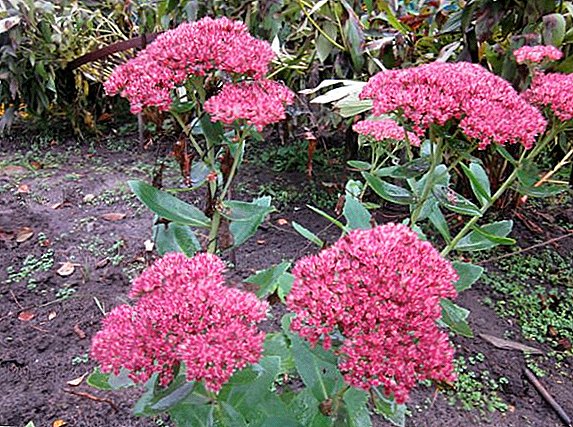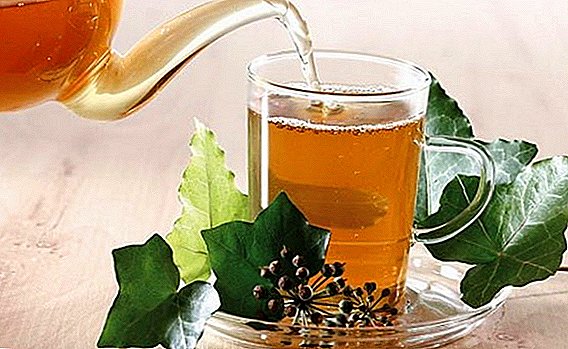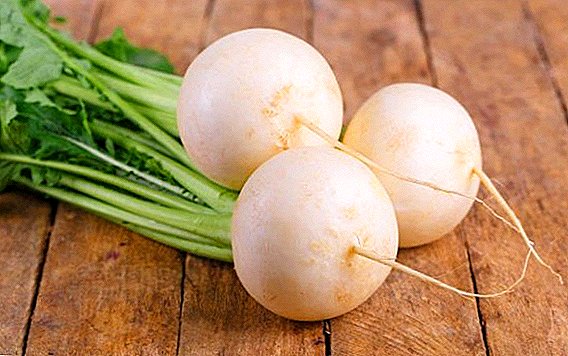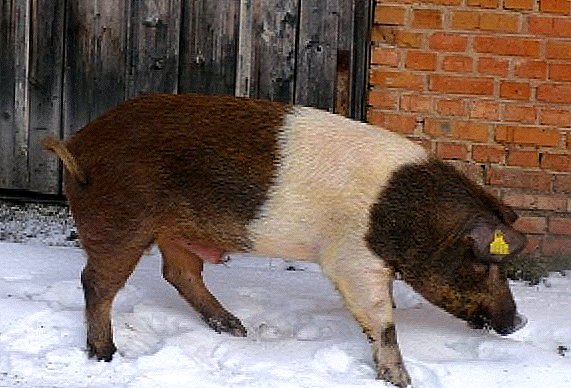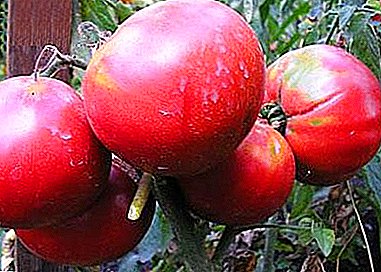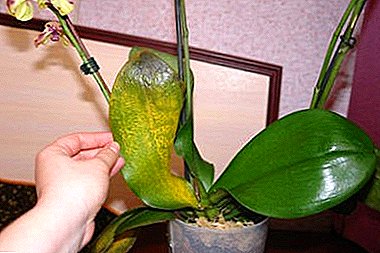
Orchid, like other plants, is affected by various diseases. This happens most often through the fault of the grower, who does not have a certain experience in this matter.
It is necessary to treat a flower as soon as the first symptoms are discovered. This will prevent massive destruction of the plant and prevent its death.
The importance of the green part of the plant
Leaves for orchids are important components of its life. They, along with the roots of the system, take part in photosynthesis, absorb light. It is through the leaves that the flower "breathes": at the bottom of each leaf plate there are microscopic pores that absorb oxygen and moisture. In addition, the leaves signal that the flower is sick and it requires additional nutrients.
How to understand that problems started?
A healthy sheet plate has a rich green color and dense structure. You can notice certain problems if you carefully consider phalaenopsis.
Proceed to treatment should be immediately, if the leaves:
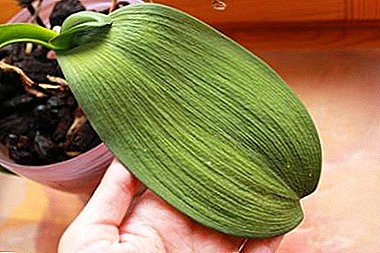 lethargic;
lethargic;- yellow at the edges and in the middle;
- have a raid on the outer and inner parts;
- become dark or light;
- wrinkling, as if they have wrinkled skin.
Once a year, the orchid sheds foliage, but not all, but only 2-3. At the same time the plant itself is completely healthy and can bloom. This is a normal phenomenon, since the already obsolete parts of the orchid are drying out, and after a while new ones appear in their place.
What diseases can hit the leaves and how they look on the photo?
Most often, Phalaenopsis orchid leaves infect non-infectious diseases that occur against the background of improper care.
Only after a thorough examination of the flower, one can understand the cause of the pathological process:
- Yellow foliage bottom - lack of moisture or errors in the content in the winter.
- Yellow spot or white dots - rot, pests or powdery mildew.
- Sluggish foliage - aphid, mite, bacterial spotting.
- Sticky spotting - aphid, bacterial spotting and powdery mildew.
- Black spot - rot, spider mites or improper watering in the fall and winter.
- Soft and wrinkled leaves - pests, bacterial blotch and fusarium rot.
- Leaf rot - Fusarium rot, which arose against the background of improper watering.
- Red leaves - pests, rot due to improper moisture in the cold season.
- Twisting - pests and rot.
- Blackened edges - bacterial spotting.
- Mold - pests.
- Silver bloom - gray rot, mealy dew and pests.
- White bugs - pests that occur on the background of frequent watering or high humidity.
Further on the photo you can see how the leafy plates of an orchid look at various diseases or damage by pests.





What causes problems and how to determine the source?
The main causes of leaf damage can be identified:
 This plant loves diffused light. The influence of direct sunlight will cause a burn on the leaf plate, so that on hot days the phalaenopsis will have to shade.
This plant loves diffused light. The influence of direct sunlight will cause a burn on the leaf plate, so that on hot days the phalaenopsis will have to shade.In addition, it is not recommended to put a flower in a dark place, because because of this, the leaf plate loses its density and becomes sluggish. The same effects should include improper watering. In the active phase of development, it is necessary to water the flower 2-3 times a week, and in the winter - 1-2 times a week.
- Fertilizer oversupply. It also adversely affects the plant, since a silver-colored bloom forms on the leaves, and the life of the flower is shortened.
- Humidity and temperature. If the temperature is too low, the plant will slowly die, and due to lack of air the leaves dry and turn yellow.
Step-by-step treatment instructions: what to do to restore turgor to tissues?
Consider exactly how to return the turgor to the plant tissues, improve the leafy plates and save the flower.
If there is a solid bloom and bubbles
Bubbles and a solid white loose coating is a signal of improper care. In most cases, phalaenopsis responds this way to a decrease in temperature or an excess of moisture. Solid bloom and stickiness on the sheet plate indicates damage to the shield. This pest infects the lower part of the leaf.
You can save the plant if you take the following actions:
- Swab the affected leaf plate to eliminate pests.
- Wash the flower with soapy water.
- When cleansing is carried out, then increase the humidity in the room.
In addition to the scale, the spider mite can strike the phalaenopsis.
To combat it you need:
- Remove all insects from the surface of the leaf plate.
- Carefully wipe the windowsill and rinse the pot.
- The plant is sprayed with Fitoverm.
- To increase the humidity in the room for the entire period of rehabilitation.
Become sticky
 Stickiness on the sheet plate occurs after the activity of the scale. Some individuals in length reach 2-3 mm. It is a sucking parasite that feeds on plant sap and at the same time releases waste products that block normal photosynthesis. As a result, the orchid is quickly depleted and dies. For treatment, you need to manually collect all the flaps using a cotton swab. Adults are easy to remove with a soft toothbrush.
Stickiness on the sheet plate occurs after the activity of the scale. Some individuals in length reach 2-3 mm. It is a sucking parasite that feeds on plant sap and at the same time releases waste products that block normal photosynthesis. As a result, the orchid is quickly depleted and dies. For treatment, you need to manually collect all the flaps using a cotton swab. Adults are easy to remove with a soft toothbrush.
Became yellow and wither
A similar process occurs when moisture is not enough. In addition, it is recommended to check if there are drafts around phalaenopsis. It is from them that the roots and leaves are frozen, and the flower dies. Much worse, if there was a defeat rot. In this case, the trunk will darken, and the leaves - wither and turn yellow. You can save a flower if:
- Remove it from the soil and inspect the root system.
- Remove from it all roots that have dark spots or do not absorb moisture when immersed in water.
- Remove affected leaves.
- All places slices process activated carbon.
- Place the plant in a greenhouse in quarantine.
Spots formed
Brown or yellow, white or black spots appear on the orchid due to improper care or due to illness. Leaf spotting and anthracnose are fungal diseases. Their symptoms are presented in the form of numerous local damage to a dark-colored leaf plate. They are more like dents. Anthracnose affects phalaenopsis due to increased humidity. The next reason for the development of pathology is the stagnation of water in the bowls of young leaves and the growing point.
If the plant was severely affected, then it must be eliminated. If the affected areas are not so many, then they should be cut off, and the sites of the cuts should be treated with ashes. It is necessary to change the soil in the pot, and sterilize the container itself. During the entire rehabilitation period, the plant will be quarantined.
What is contraindicated to do?
For the treatment of phalaenopsis is not recommended to treat the plant with alcohol, kerosene and other flammable liquids that will cause great harm to the flower. Phalaenopsis often get sick because of inadequate care for them. We analyzed why the leaves turn red and fall, why plaque and bubbles form on them, and what to do in each individual case. You do not need to give up and get upset, because a timely detected pathology can be cured, and the plant will recover after a while and give others beauty.


 lethargic;
lethargic; This plant loves diffused light. The influence of direct sunlight will cause a burn on the leaf plate, so that on hot days the phalaenopsis will have to shade.
This plant loves diffused light. The influence of direct sunlight will cause a burn on the leaf plate, so that on hot days the phalaenopsis will have to shade.